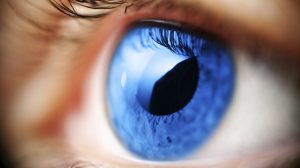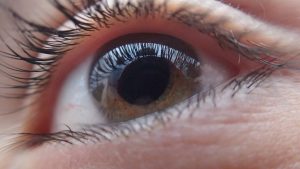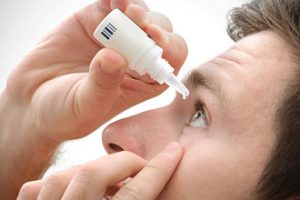
The lenses you choose will often determine how happy you are with your new glasses. The possibilities are endless, so how do you know if you’re making the right choice?
Hopefully this brief guide will provide you with the information you need to maximise your quality of vision. After all, they do say seeing is believing!
Your lenses will influence four factors; appearance, comfort, functionality, and vision. We’ll break this down for you below.
Lens materials
Different materials will change multiple elements of your finished lenses.
Most modern lenses are made from a variation of plastic materials. They offer a light weight upgrade from the old glass variety with greatly improved safety.
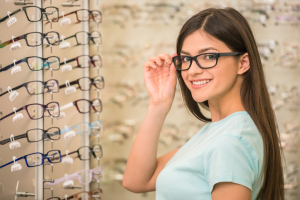
CR39 Standard Plastic – Ideal for prescriptions up to +/- 2.75D
Excellent optics – Low cost
Downside: Thickness – Only blocks around 60% of UV light.
1.53 Trivex – Recommended for rimless glazing or sports wear.
Superior impact resistance – Blocks 100% UV – Lightest lens material available
1.61 Plastic – Recommended for prescriptions from +/- 2.75D to +/- 3.75D
Thin and light – Blocks 100% UV – Less costly than 1.67AS or 1.74AS lenses.
Downside: Not as thin or flat as an aspheric lens.
1.67 Aspheric – Up to 30% Thinner – Recommended for prescriptions from +/- 3.75 and above.
Very thin and light – Blocks 100% UV – Aspheric design reduces the magnifying effect of the lens, making the eyes appear more natural to others. Also increases the wearers peripheral clarity compared to spherical lenses.
1.74 – 1.76 Aspheric – Up to 40% Thinner – Perfect for +/- 4.25D and above.
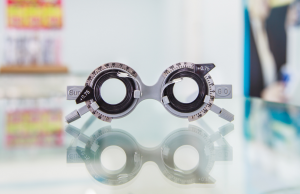
Thinnest possible lens option, giving you the thinnest and most attractive lenses available. Blocks 100% UV – Aspheric design reduces the magnifying effect of the lenses, making the eyes appear more natural to others. Also increases the wearers peripheral clarity compared to spherical lenses.
Downside: Most expensive option.
Lens Coatings and Tints
Anti-Glare
Absolutely essential on any lens. Not only do they improve the over all look of the spectacles, they also enhance vision.
The anti-reflective properties eliminate ugly reflections on surface of the lens which hide the wearers eyes, making them almost invisible so you can make better eye contact with others.
Lens reflections also reduce contrast and clarity, especially at night, so removing them will aid in improving and enhancing your vision. Leading to crisp, clearer vision in all lighting situations.
Kodak BluProtect
Similar to an anti-glare lens but with the added benefit of filtering harmful blue light emitted by artificial lighting such as computer screens, tablet devices and mobile phones.
Blue light has been found to cause eye strain and fatigue, BluProtect lenses are designed to combat these effects to ensure more visual comfort in the digital world.
Light Reactive Tints
Light reactive lenses which go dark when outside in the sun and then clear when you go back indoors. A nice all-round, everyday solution. Reactive lenses also offer full UV protection.
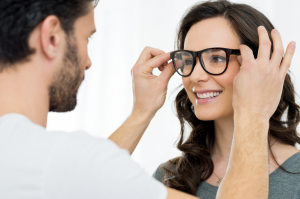
Solid Tints
The sunglass solution. A simple, permanent tint available in a multitude of colours to suit each style. Ideal for outdoor use in the brightest conditions.
Polarised Lenses
All the benefits of a solid sunglass tint and more. Polarised lenses filter out almost all glare created from reflected sunlight. Be it water, snow, the horrible dashboard reflection in your car windscreen on bright sunny days, polarised lenses are the perfect glare reducing solution.
Varifocals, Bi-Focals or Single vision?
The right option depends on your lifestyle and individual needs. If you aren’t already wearing glasses for near or far-sightedness then you’ll eventually need help to read smaller, fine print. Usually around the age of 40.
This condition is called Presbyopia. Unfortunately its age-related and you cannot escape it, don’t worry though its perfectly normal and spectacles will counter the effects.
Varifocals
Also called progressive addition lenses (PALS) are the most common correction for presbyopic patients that also require correction for distance vision. They provide the appearance of a single vision lens with no visible dividing lines between the viewing portions.
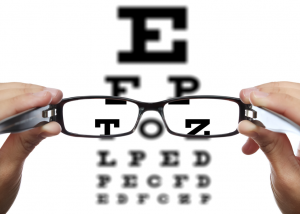
The lens power gradually increases as you look further down the lens providing a more natural transition from distance to near than bi-focal lenses.
This gradual transition provides an intermediate viewing zone, perfect for computer use and viewing your dashboard when driving.
With today’s advancing technology it’s easy to adapt to varifocal lenses.
Bi-Focals
As with a varifocal lens, a bi-focal provides both distance and near vision zones. There will be a visible dividing segment between the two which is available as a flat top, round or curved design.
The downside to bi-focal lenses is the loss of the intermediate viewing zone provided in varifocals. They do however provide wider lens areas for reading and computer work than progressive lenses.
Standard Single Vision
Most commonly used for pre-presbyopic patients to correct near or far-sightedness.
These lenses have one single power throughout the lens and provide the perfect solution for those who just use glasses for specific tasks, such as driving or reading.
Occupational Lenses
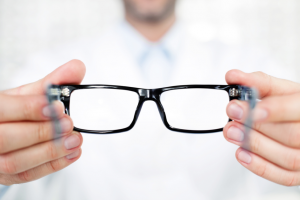
Occupational lenses are designed to be used for a specific task or hobby and are not used for general purpose wear. They are specialised to each individuals needs and come in a variety or forms.
One example is the Kodak Softwear lens. A varifocal designed for the office, extended vision for near use where the top section incorporates a wide intermediate viewing zone.
I’ll touch more on these in a future post as there is a multitude of ways to enhance your vision for specific tasks.
Don’t forget, when buying glasses there is no substitute for professional advice, if you have any questions or concerns pop in and speak to one of our friendly Dispensing Opticians. Thanks for reading!

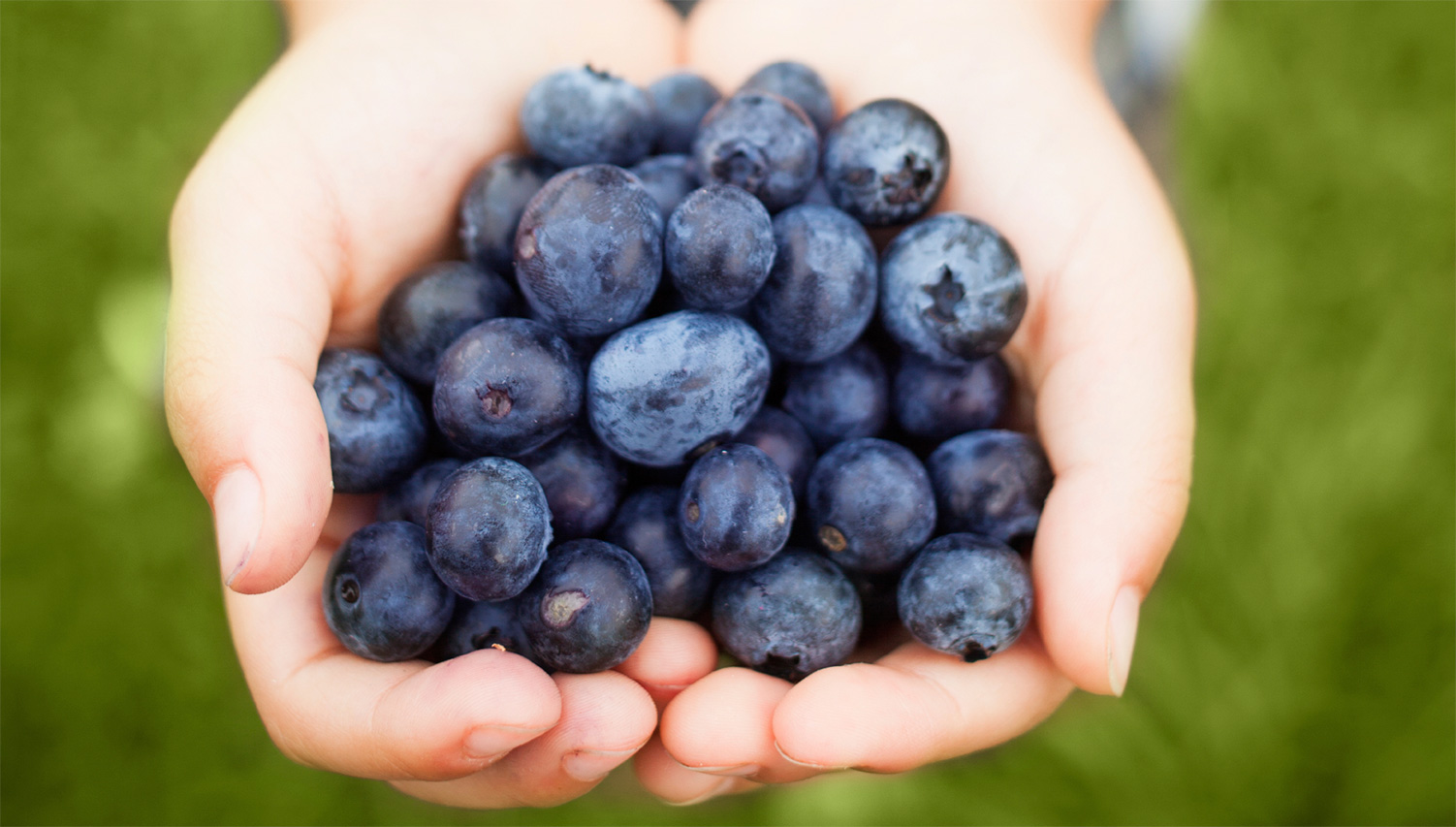
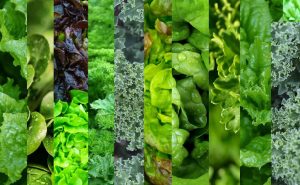


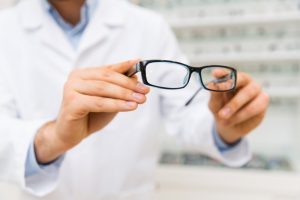

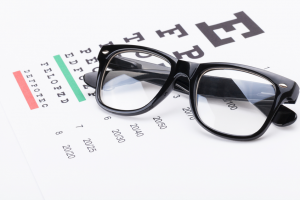 A popular question asked when we prescribe glasses for the firsts time is whether your eyes will become dependent on the the glasses and over time deteriorate. This is simply not true, although many patients find that after they begin wearing glasses they begin to rely on them. The two different causes to this:
A popular question asked when we prescribe glasses for the firsts time is whether your eyes will become dependent on the the glasses and over time deteriorate. This is simply not true, although many patients find that after they begin wearing glasses they begin to rely on them. The two different causes to this:
